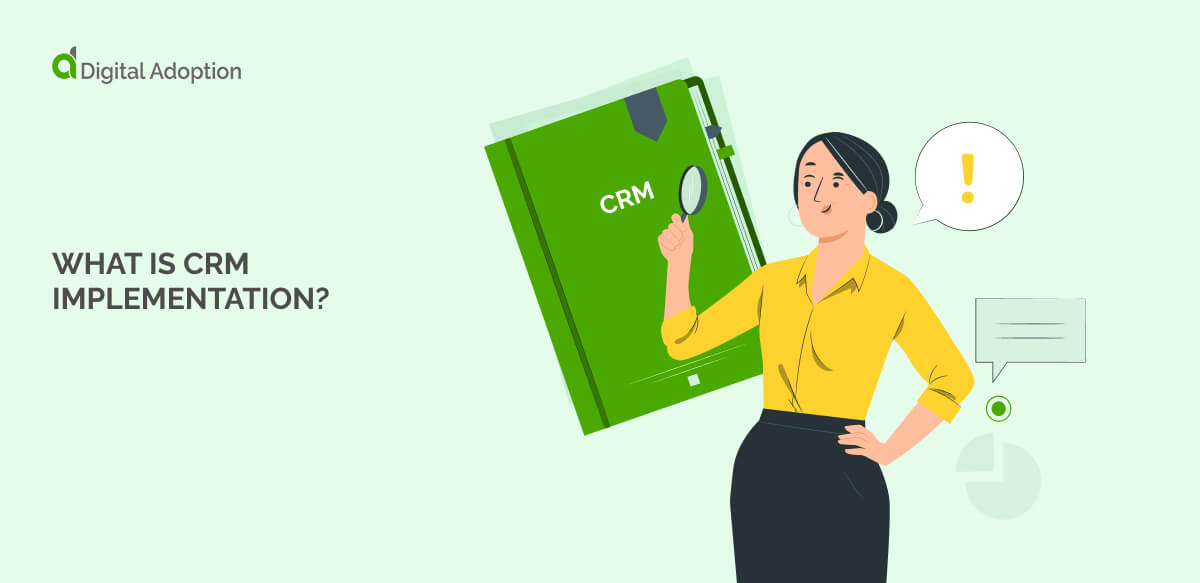What is CRM implementation?
CRM implementation is when a business starts using customer management software. It means customizing the software to fit how the business works and what it wants to achieve.
The process has three main steps: picking the right software, adding customer information, and adjusting settings to match business needs. For example, setting up tools for sales, marketing, and customer support.
It also involves connecting the CRM to other tools and systems, like email platforms or analytics software.
Training staff on how to use the CRM effectively and checking it works as expected are critical steps in the process.
A fully implemented CRM system organizes customer data, sales, and communication across the business.
It connects with other tools, automates tasks, and shows real-time information about customer interactions and business performance.
Some organizations opt for commercial solutions, while others use a homegrown CRM implementation based on business requirements.

